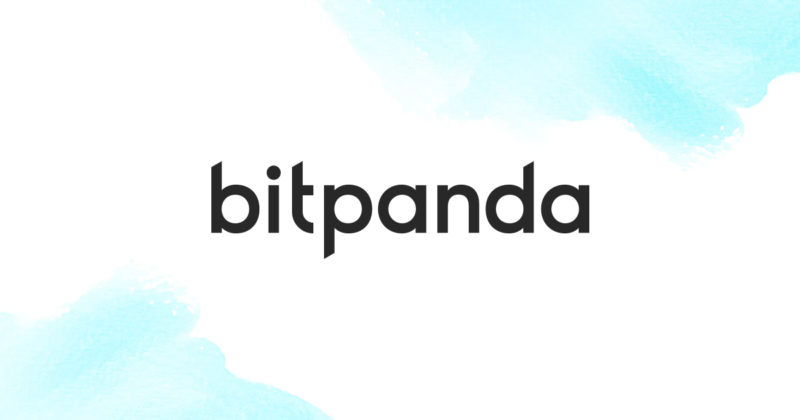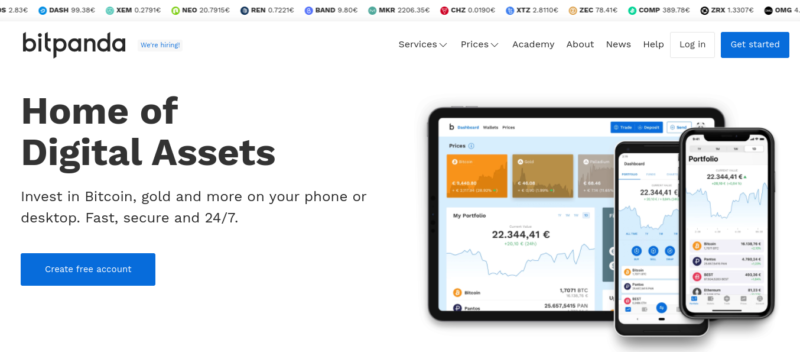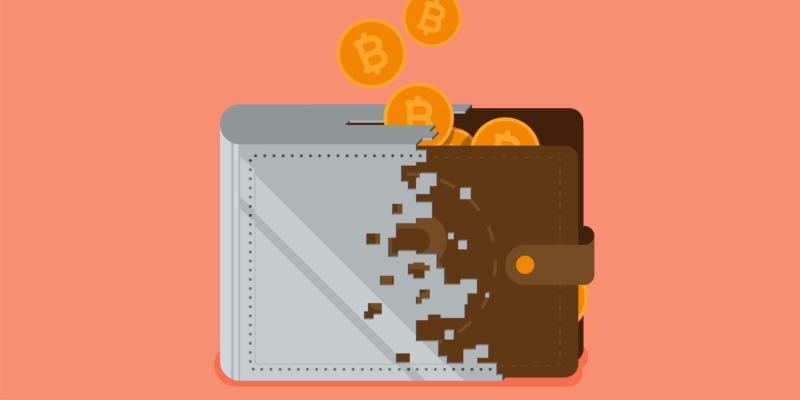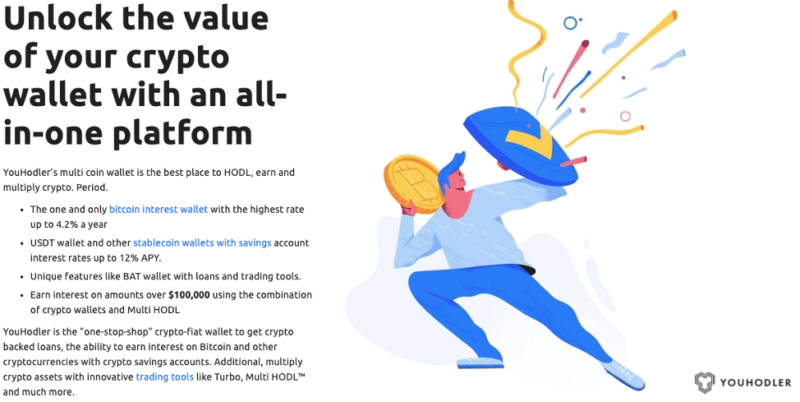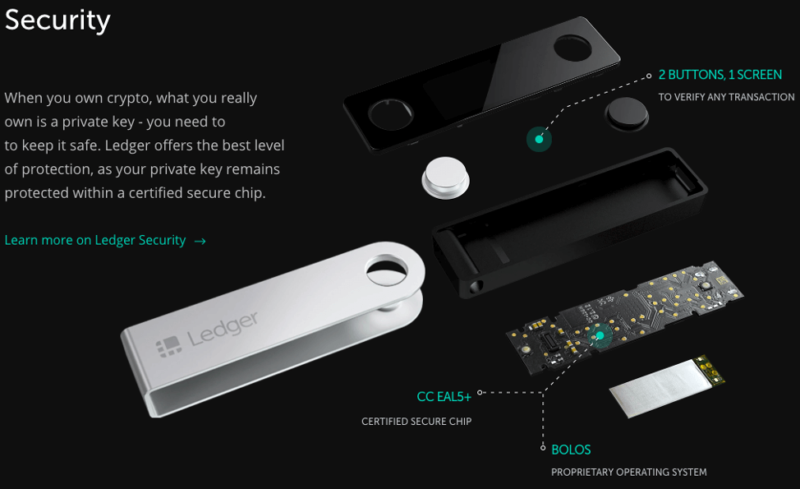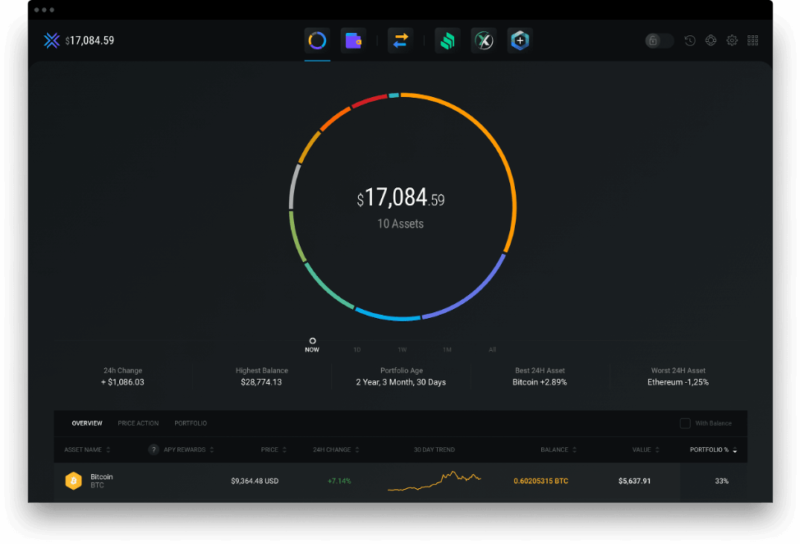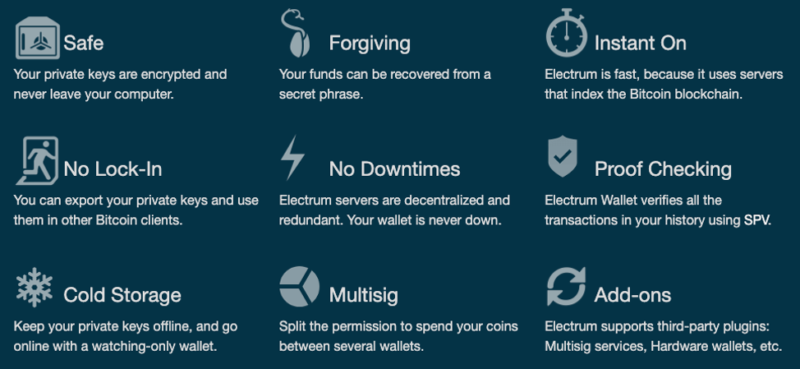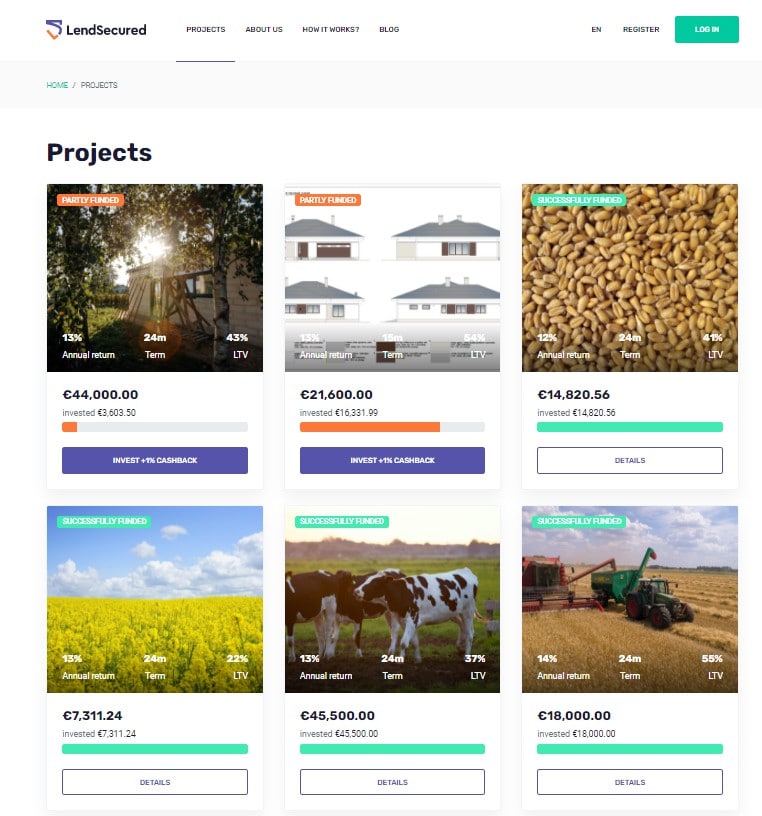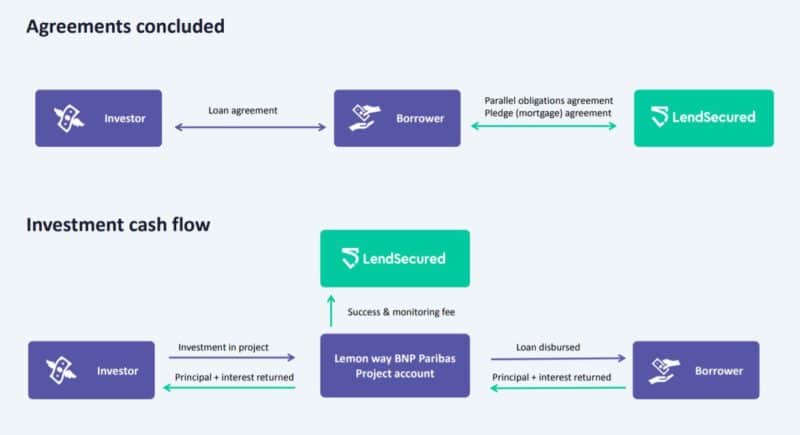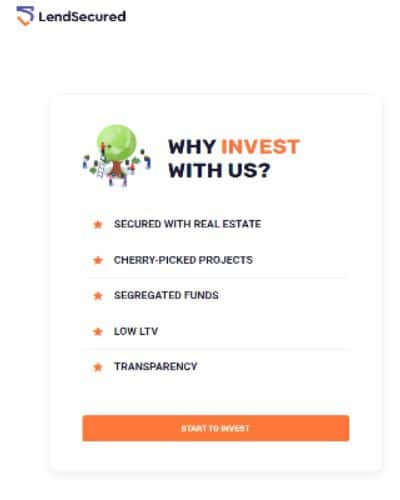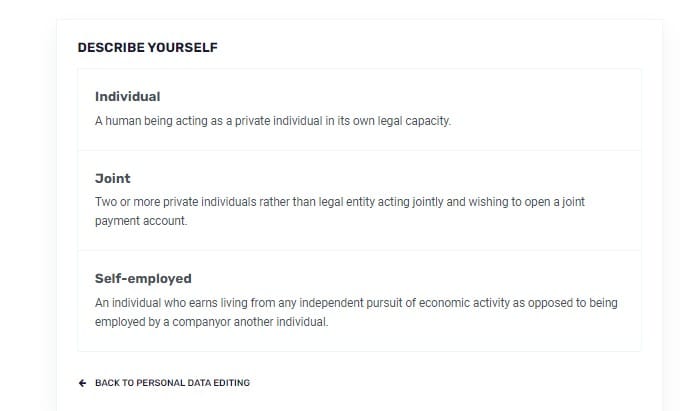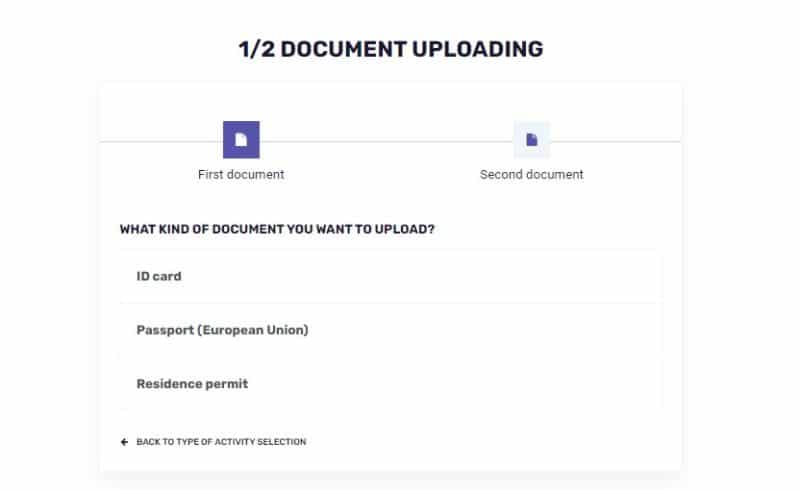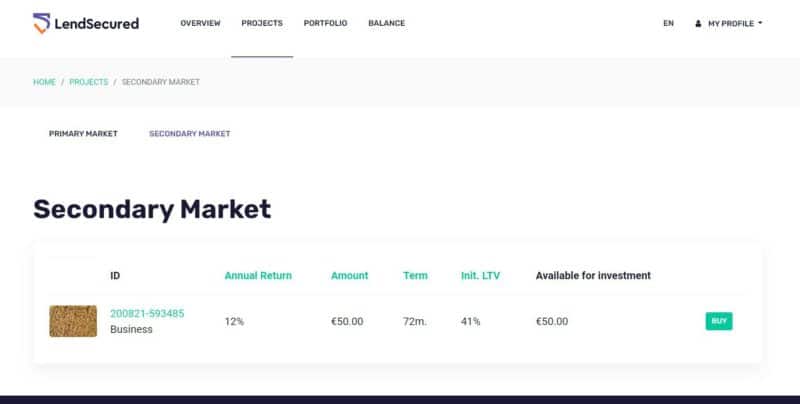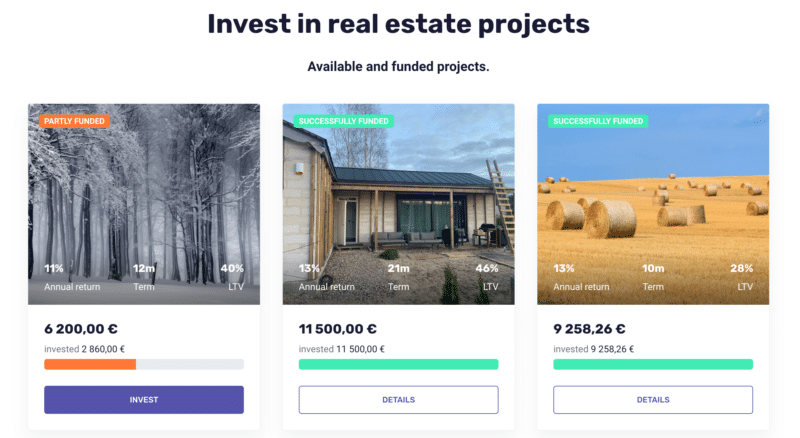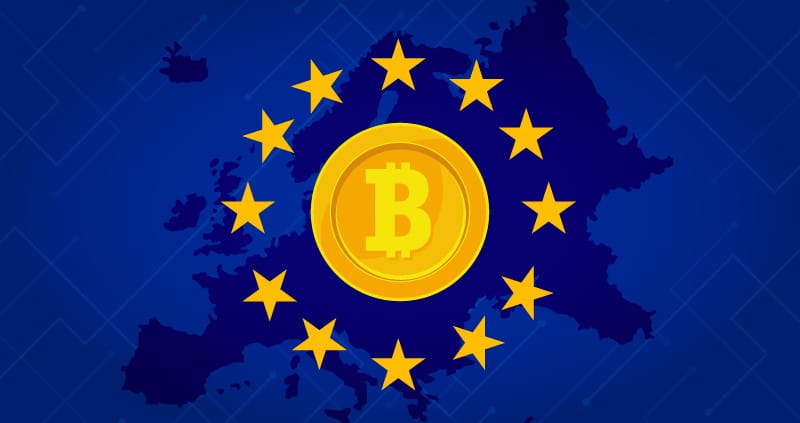
As an investor in or holder of crypto assets, it would be ideal to live in a country whose government and financial system is knowledgeable about cryptos and has a favorable tax and banking situation. You can read about how countries tax crypto returns in another post I’ve written earlier, but today I want to consider a few possibilities that crypto investors should consider if they’re thinking of selecting a country predominantly to take advantage of its crypto-friendliness.
In addition, it is also great if there are already other investors and crypto companies based in that country, as you get tons of networking opportunities as well as the ability to work for one of these companies.
